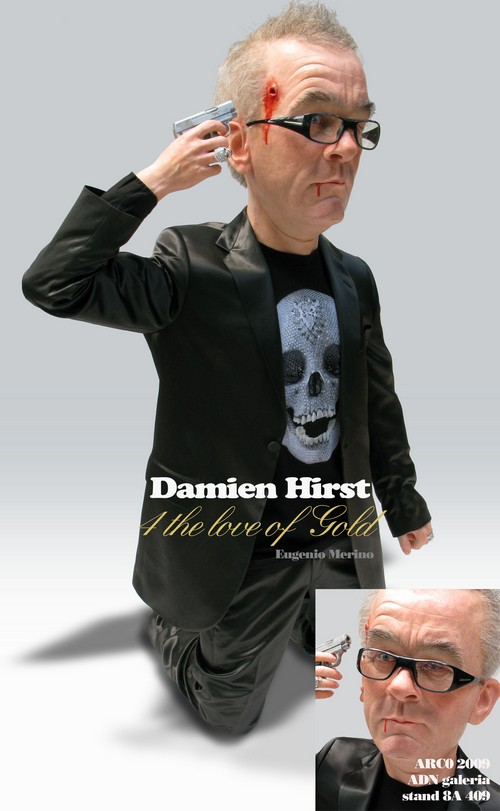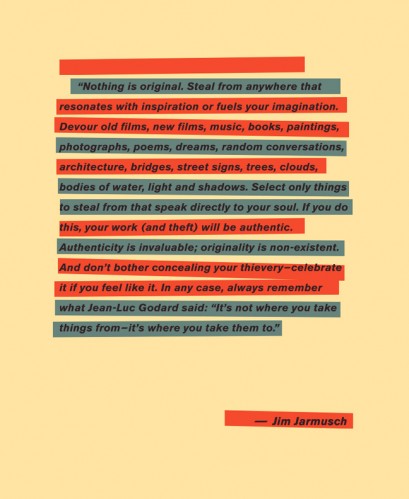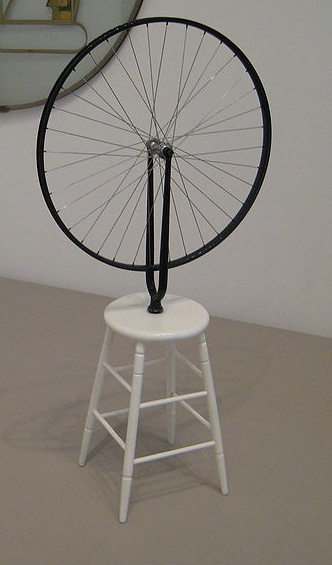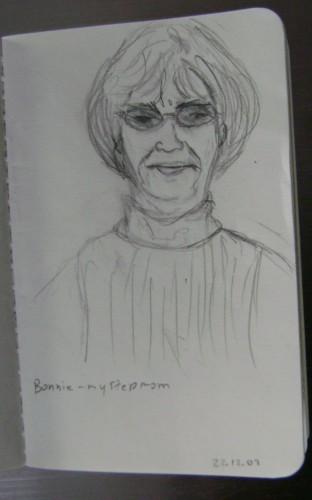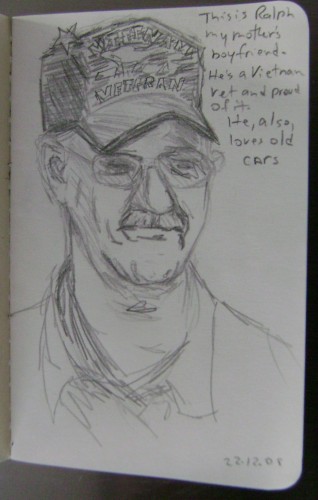I think I’ve always been as interested in artificiality as reality.
Everything in my work is sort of driven by my learning disability.
One of the characteristics of my disability is a sort of face blindness that I’m sure drove me to make portraits in the first place.
When you’re there making stuff it keeps you off the streets and out of trouble. I like stuff. I like to make stuff. I like to be there a long time and see what happens.
The activity itself is what interests me. Almost every idea I ever got I got from working. It’s a good way to keep from getting stuck.
Tapestries [that I’m working on now], like everything I do, are made up of lots of little pieces. … How do you build something out of a bunch of threads? How do those threads stack up to look like something? … This has been the basis of everything I do.
I was a junior abstract expressionist in the third grade or something. All the angst had been removed. … We came along and we imitated the surface of the thing. We got pretty good at imitating the surface of the thing.
Sometimes you don’t know what you want to do, but you sure as hell know what you don’t want to do.
We tried to back ourselves into our own corner where no one else’s answers would fit.
Far more interesting than problem solving is problem creation. If you ask yourself an interesting enough question you will put yourself in a space where no one else’s answers will fit.
My generation was hell bent to purge our work of every possible reference to every other artist.
When I made the first big head I wanted to rip it away from the convention in which we usually see it.
I wanted to try to make a face almost as a kind of landscape.
We don’t see that kind of detail [in faces]. The only time we see that kind of detail is when we’re making love.
I wanted to paint anonymous people because Andy Warhol was painting superstars. So I painted my friends. And they all got famous. And screwed it up on me. So I painted my family.
I tried to get rid of expressive mark-making. But I realized a face is a roadmap of your life.
An artist’s career is a continuum. Things happen, interrupt it. But it didn’t mean I’m one person before [I went into the hospital] and one person after.
Painting is the most transcendent of all mediums, I think, because it denies its physical reality. … Colored dirt on a flat surface. It can make you cry. That’s an amazing thing.
Now I’ve gone to paintings that are gestural, but they’re dumb gestures. … It’s only clusters of these marks that make it something expressive, not the marks themselves.
I don’t do art for therapy. I do therapy for therapy.
Inspiration is for amateurs. The rest of us show up and get to work.
